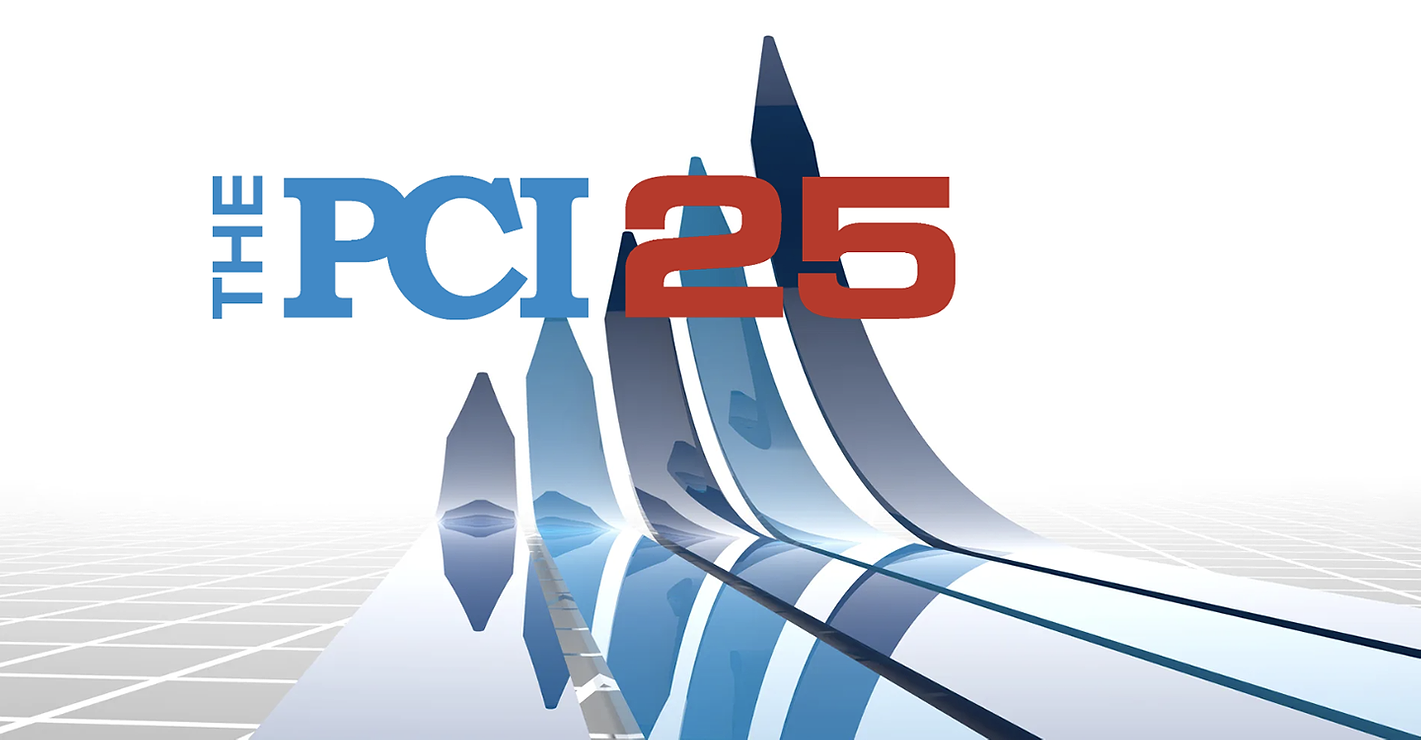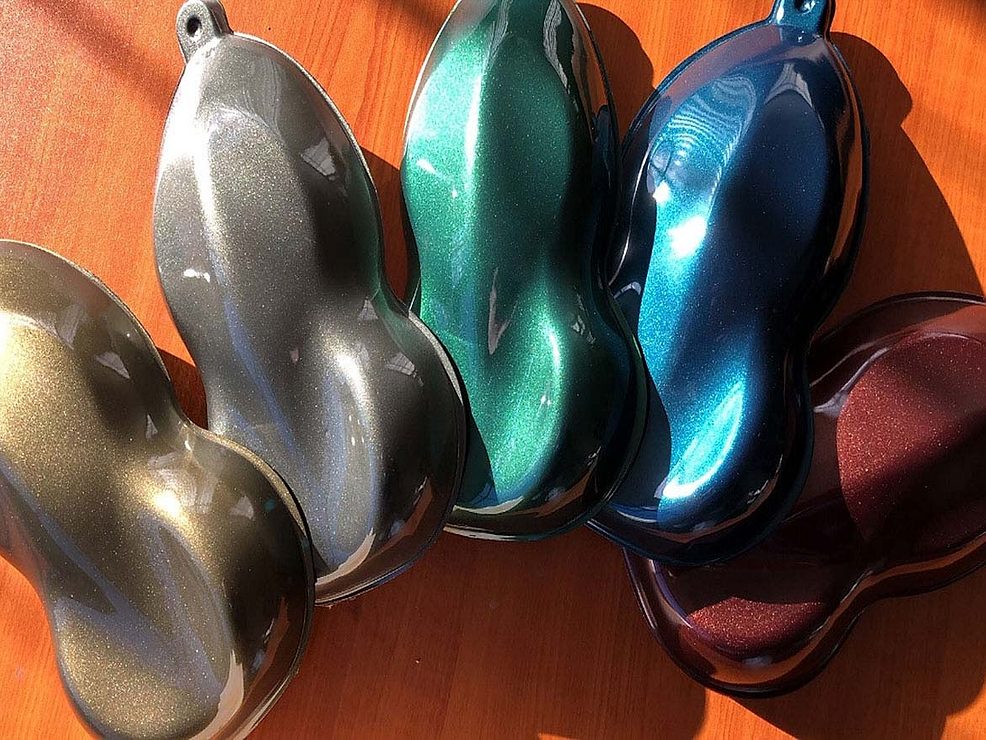
Chemistry of SoftSand Rubber
Rubber chemistry has made significant strides since the development of the first synthetic compounds by the Germans during WWII. The first synthetic compounds were designed as a substitute for natural rubber, which was in short supply. The initial effort was to find substitutes for such practical things as tires, boots, waterproof fabrics, etc. Over time, more advanced compounds were developed to meet new applications with far more exacting requirements. These growing requirements included such things as greater temperature stability, compatibility with organic compounds, oxygen and ozone resistance, UV stability, and for some applications, adhesion to other materials. Today there are literally thousands of commercial rubber compounds that are derived from a broad family of synthetic polymers and copolymers. Examples of chemical structures for different classes of synthetic rubbers are shown in Figure 1. There are many structural as well as compositional variations among those structures and, obviously, there are numerous other classes of common elastomers.
Typically, a rubber compound contains 15 to 25 ingredients, with the rubber polymer being typically less than 50% by weight. Normally blends of different rubbers will be used as the elastomeric part of the mixture. The rest of the ingredients are principally chemicals added to improve strength, adjust hardness, modify elastic properties (modulus, resilience, elongation, dynamic properties), improve aging characteristics, develop proper color, and help the processing characteristics during manufacture. For specialized applications there are chemicals added for such properties as fire resistance, conductivity and adhesion to various substrates. The latter characteristic is one among many of the principal characteristics that makes SoftSand uniquely suitable for its intended application.
Focus on Adhesion
One of the fundamental challenges imposed by the growing demand for elastomeric compounds was their ability to adhere to other materials. This problem occurs repeatedly in numerous industrial and consumer applications. Perhaps the best-known example of the latter is with everyday footwear, as everyone has seen at least one "rubber" sole delaminate from the bottom of a pair of shoes or sneakers. Another more serious example that recently made headlines was the failure of Firestone tires, which was attributed in part to adhesive failures within the high-stress areas of the tread and belt in the tires.Surface modification technology was developed to modify the surface characteristics of the rubber compound. Chlorination using chlorine gas, hypochlorite solutions and organic chlorinating agents such as trichloroisocyanuric acid have been used for this purpose.1
Other examples of surface modification include chemical treatments such as bromination, fluorination, sulfonation and ozonolysis, and physical treatments such as plasma etching (corona discharge) and electron beam treatments. The goal of these technologies is to modify the surface characteristics of the rubber compound to improve compatibility or reactivity with various intended substrates without adversely impacting the overall physical properties for which the material was selected.
There are also some disadvantages to surface treatments. As the treatment only usually affects the top few layers, changes in the bulk of the material are minimal, but bonds are broken, and oxidation usually occurs during surface treatment. As the surface will change, there now will exist two interfaces, one between the modified surface and the substrate and another between the modified surface and the unmodified bulk of the material.
Compounding for Adhesion
Another approach to solve this problem is to develop a rubber compound that has a higher inherent surface compatibility without requiring surface modification. This is the approach taken with SoftSand rubber particles. Initial testing with compounds based on several families of polymers indicated that one had inherently superior adhesion properties to the others. Once this base polymer was selected, the formulation of SoftSand rubber was further developed to optimize the compatibility characteristics and meet several other end-use requirements, such as:- Adhesion to urethane, epoxy and acrylic coating resins;
Ability to withstand the elements - UV, ozone, oxidation;
Ability to resist cleaning solvents, oils, grease, fuel;
Hardness in the range of 75 Shore A;
Colorability (carbon black could not be used as a reinforcing agent).

Commercial Applications
The first commercial use of SoftSand rubber was in the waterproofing industry for CSI Division 7 applications.2 These waterproofing membranes are typically based on moisture-cure urethane technology. The membranes are applied in place and they cure to form a seamless coating. Typical applications include top decks on parking garages, patios, balconies, and any other traffic-bearing surface that lies over some form of occupied space (e.g. rooftop parking over office buildings or apartments). Traffic can be either vehicular, as in the case of parking decks, or pedestrian, as in the case of patios and balconies, or a combination of the two. In addition to waterproofing, these membranes must also provide adequate wear and non-skid properties for vehicular and pedestrian traffic. For upscale applications such as condominium patios and balconies, the membranes must also meet the decorative requirements of owners and architects.To meet these exacting requirements, the membrane is applied in several different steps involving multiple coats (Figure 2). The first coat, or basecoat, is in direct contact with the concrete and is typically based on an aromatic urethane compound. The basecoat provides the primary waterproofing properties, but is not in direct contact with actual pedestrian or vehicular traffic. Aromatic urethanes provide excellent adhesion to concrete surfaces and have good elongation and crack-bridging properties, but they are not designed to withstand direct exposure to UV.
These requirements are met by the topcoat, which is typically an aliphatic urethane. As the traffic-bearing surface, this urethane must adhere to the basecoat, withstand temperature extremes and direct exposure to the elements, and also provide adequate non-skid properties. This is where SoftSand rubber particles are beneficial.
Over the years, a number of aggregates have been used to provide non-skid properties to these topcoats. Hard aggregates such as sand, emery, or even walnut shells were used. In a typical installation, these particles are broadcasted or sprinkled into the topcoat, which is then back rolled to ensure the particles are spread evenly and to encapsulate the particles in the urethane.
When these particles are fully encapsulated in the topcoat, the system works fine. As the topcoat wears, however, the sand particles become exposed to the traffic. With increasing wear, and the stress from traffic, the hard sand particles are easily "ejected" from the softer urethane coating. This problem is exacerbated by temperature cycling, as the coatings soften even further in the hot summer sun. This leads to a reduction in non-skid properties and opens the basecoat to direct exposure to the elements, which can cause it to break down, thereby compromising the waterproofing properties it was designed to provide.
These deficiencies led to the search for other particles. Since the membranes were elastomeric, it made sense to look at rubber particles as a possible alternative. A number of softer particles derived from such sources as scrap tire rubber, tennis balls, sneakers and recycled roofing were evaluated. Virtually all of these materials are derived from natural rubber, SBR or EPDM and, as discussed earlier, none of them provide the adhesion needed to bond the particles' surface to the coating resin. Thus, these particles are also subject to ejection once the topcoat has worn and they become exposed to the wear and tear of traffic. SoftSand rubber particles were designed to provide the adhesion needed for this application. Several successful installations have now demonstrated that SoftSand rubber particles are the ideal elastomeric compound for these applications.
Other Applications
The success in this high-performance coating application led the company to look at other market opportunities, including single-component floor paints. A starting formulation was developed for this purpose. An obvious consideration in the formulation was the settling of the particles, which could be as large as 600 microns for an aggressive texture, or in the range of 100 to 250 microns for a less aggressive texture. Since the rubber compound contains over 10 components, compatibility with the paint latex was another key consideration. After some trial and error, a starting formulation was developed.3Measuring COF
Guidelines put forth by the ADA recommend a Coefficient of Friction value of 0.5 or greater to classify a walking surface as slip resistant. The starting point formulation mentioned earlier was submitted to an independent laboratory for COF measurements. The testing was done in accordance with ASTM D 2047, utilizing the James Machine fitted with leather sole material. The average COF was measured to be 0.75 (average over 12 cycles).Other Architectural Coatings
Textured wall coverings are growing in popularity as the DIY market continues to grow and offer consumers an ever-increasing variety of choices. The possibility of developing new, decorative wall coatings with a colorful, elastomeric particle has generated significant interest from traditional paint companies. Initial feedback suggested that a finer particle would be required for decorative wall paints. In response to this, the company recently began limited sampling of 120 mesh SoftSand rubber particles.For more information, contact the company at 11 Hill Street, Paxton, MA 01612; phone 508/754.5810; website www.softsandrubber.com.
References
1 See Chemical Modifications of Rubber Surfaces: XPS Survey of the Reactions of Trichloroisocyanuric Acid at the Surfaces of Vulcanized Elastomers. David F. Lawson, et. al. Rubber Chemistry and Technology, vol 69, 1996.
2 Construction Specification Institute Division 7: Thermal and Moisture Protection.
3 DL Labs, 116 East 16th St., New York, NY 10003. Copies of this report (in full) may be obtained by sending a request to the company at sales@softsandrubber.com.





